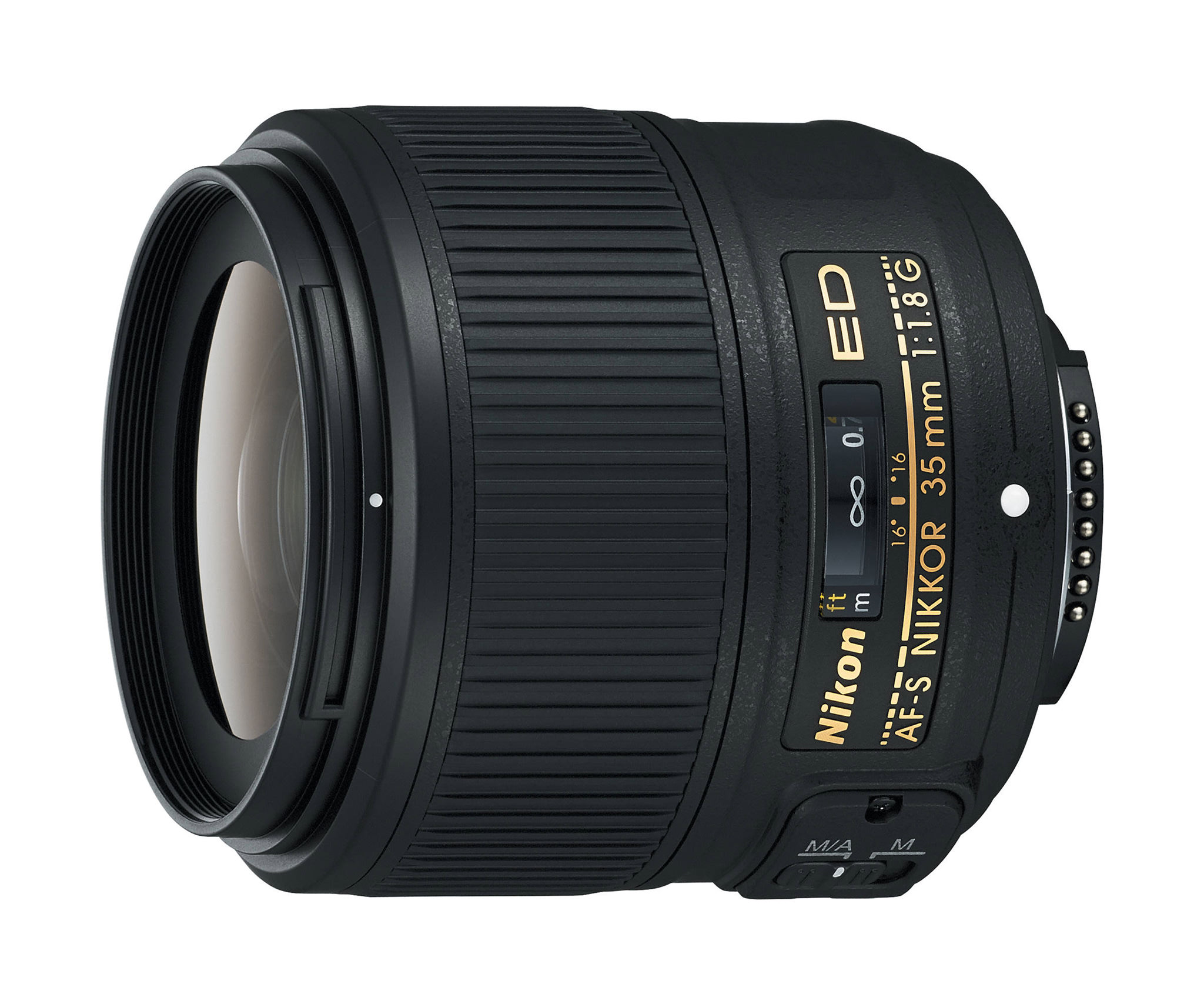Two final points.
1) I test exhaustively, and thoroughly, and completely, in a subjective sense. This includes making prints - and viewing them at normal viewing distances for the print size. My test prints range from 13x19 to A2, and mostly are 17x22. So the question is - if I actually took the time to do landscape scenario shots, printed them out to the sizes I print most (which sits around 16x20") and the 35/1.4G was disappointing in the corners and edges but the Sigma 35/1.4 Art was not, and the Sigma 35/1.4 Art was also a bit better at other things (tonal and color differentiation, a touch better in the central zone), then ask yourself why in the hell would I NOT want to change to a lens that produced the better print? I mean, yea, I lost money - I paid for the 35/1.4G with my own cash and I'm not some rich venture capitalist, but at the end of the day in my tests, including prints (my final output), one lens wasn't good enough, one lens was. So I arrived at the conclusion that the 35/1.4G was not good enough for me, on a D800E.
At the same time, given I owned the lens on a D700, and loved it there, it doesn't take a rocket scientist to figure out the lower rez bodies seem to work better with the lens than the higher rez bodies do. So yes, for the last point in your post, it's exactly as I stated. I personally do not find the 35/1.4G sharp enough at landscape distances and landscape apertures, on the D800E, because my tests showed that other lens options were better. Or course, one could argue over what the definition of "sharp enough" is, but I tend to think for users of the D8xx series, they are looking for resolution. Otherwise, whey even buy such a high rez camera? Pretty simple, honestly. Also remember that the central area is generally fine. The edges and corners, are usually the problem areas, particularly with wide angles.
I also would add that when the Sigma 35/1.4 art, I personally knew several people who traded out their Canon or Nikon 35/1.4 lenses for the Sigma and were happy as can be, and never looked back. I wasn't some outlier here, not by a long shot. (Note that this was before the L version II of Canons 35/1.4 came out, which is right up there with the Sigma easily)
2) As for Thom Hogan. Great writer. I'm a fan. But at the same time, I find his lens reviews a bit weak. I don't really "worship" any single reviewer out there, because frankly the odds are that I'm testing more completely and thoroughly than they are, particularly for my scenarios, in a subjective sense. For the objective side, I like to see if lens rentals has run any optical bench MTF on the lens because that tells me vastly more than the test chart sites do, and it's interesting to see if there is any correlation between what I see subjectively and what the MTF looks like. And from a subjective point of view, there are definitely a few fellow forum members (sgoldswo, lance b, andre yew, a few others as well) whom I'll absolutely listen to because I have read their writings over the years and "know" where they are coming from. Andres writings on the Tamron 85/1.8 VC, as an example, provided enough impetus for me to try and get one myself (and it's a hell of a lens, I might add). As for Thom - we also have to remember who his mentor was - Galen Rowell. The late, great, great Galen Rowell. I've been to the Rowell gallery in Bishop, CA, and I've looked at his prints. And when I do that, I'm clearly reminded of what a loss not having him around any longer is. But at the same time, I also realize his strength as a photographer was NOT "large format quality" goals, but rather, getting himself to the tricky places and finding a new shot. And that's important, for sure. But just as I can admire his work, love it, even while thinking there are some technical issues, I can also go look at, say, Jack Dykinga's great large format work, with that amazing, rich image quality that in days of old could only come from large format. One approach does not invalidate the other. So since Thoms mentor was one for whom true technical excellence wasn't likely the goal and "getting the shot" played more a role, it makes sense Thom isn't as picky about lenses. And that's fine, but just because he's Thom Hogan doesn't mean that he's the only authoritative voice on lenses either.
That's it for this. I'm outta this thread.
-m


